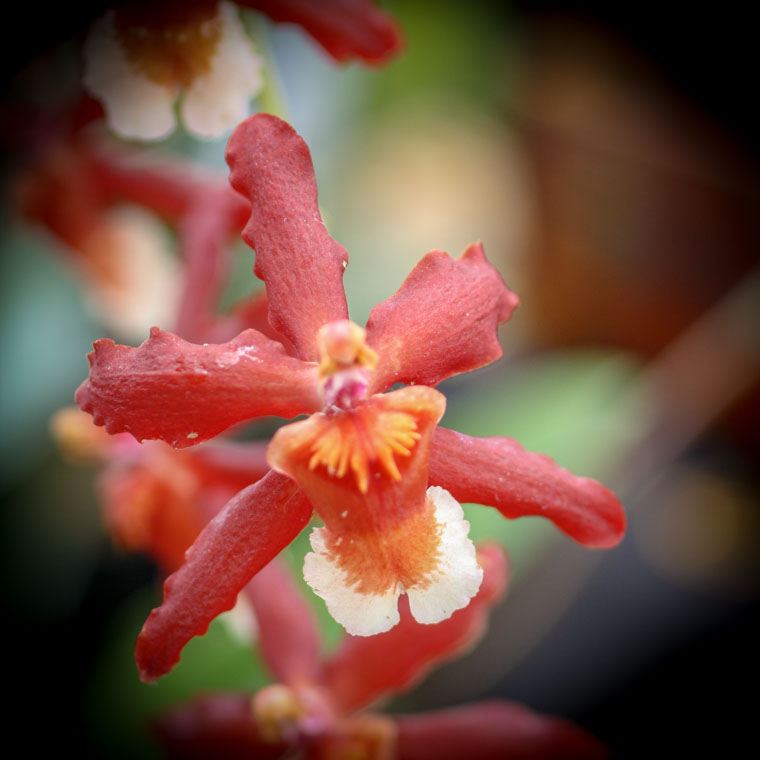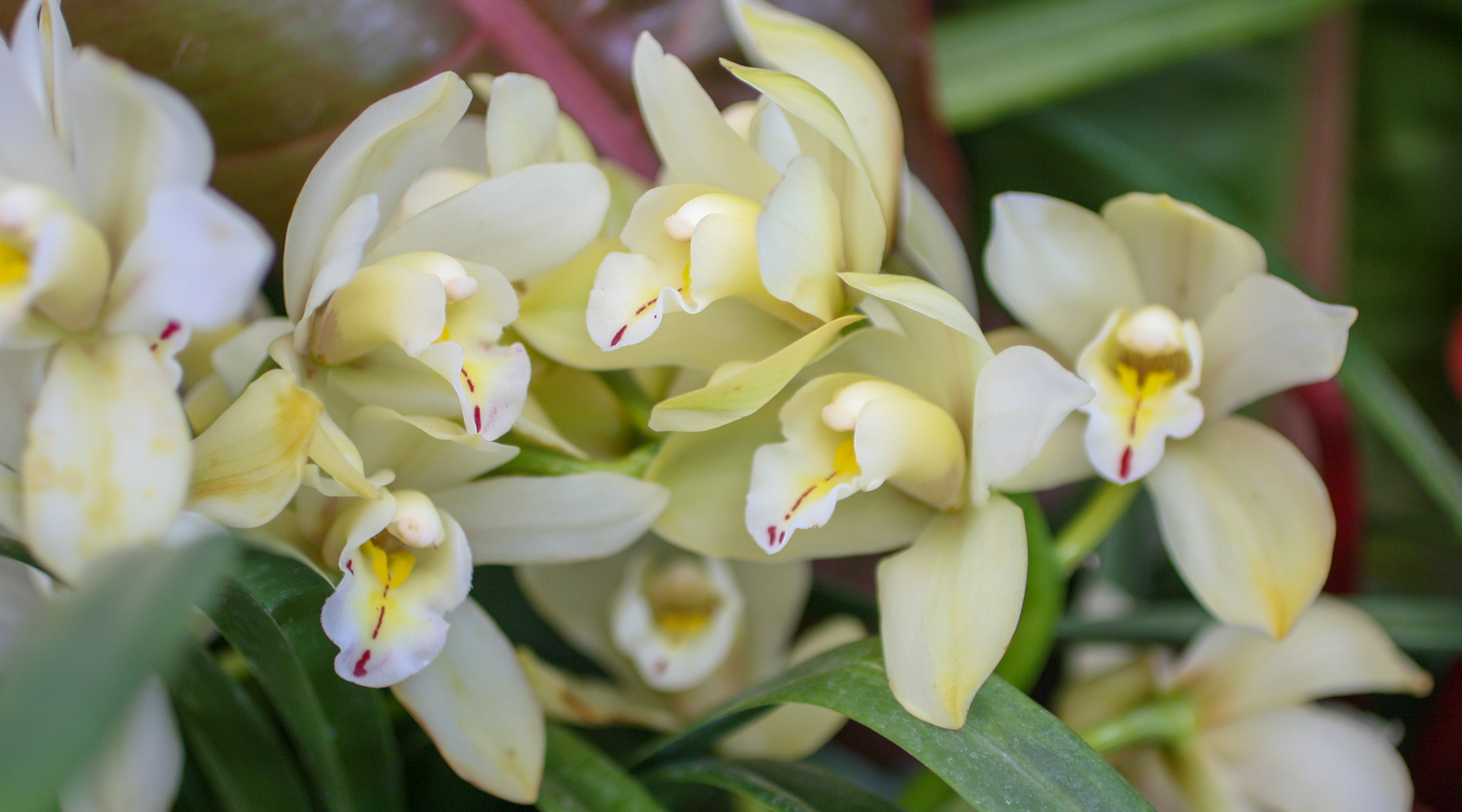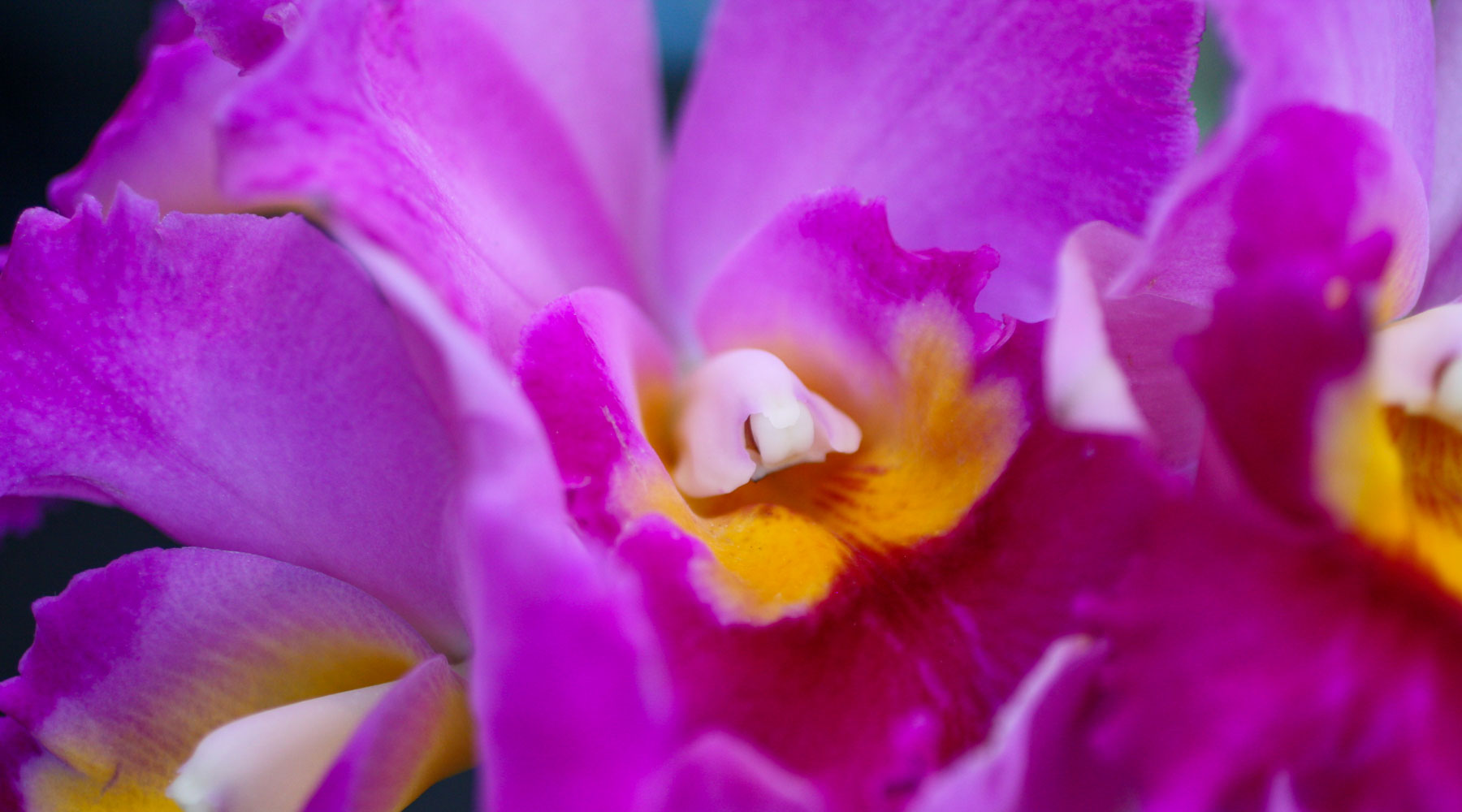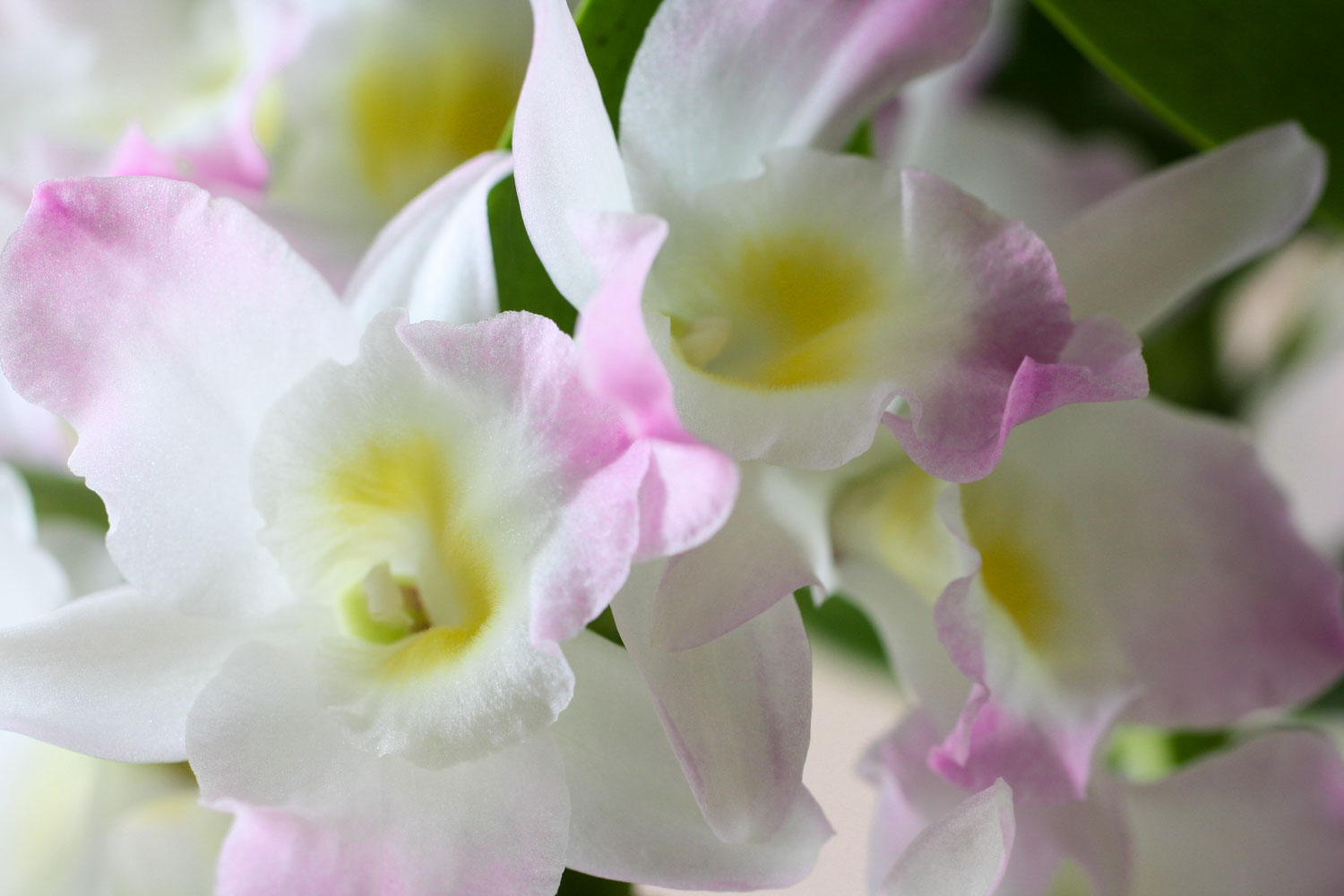
Checklist: Fall Care for Orchids
As summer winds down and we prepare for winter, fall care for orchids is essential to growing healthy orchids. This article provides a downloadable checklist of things to do this autumn to get your orchids ready for winter.
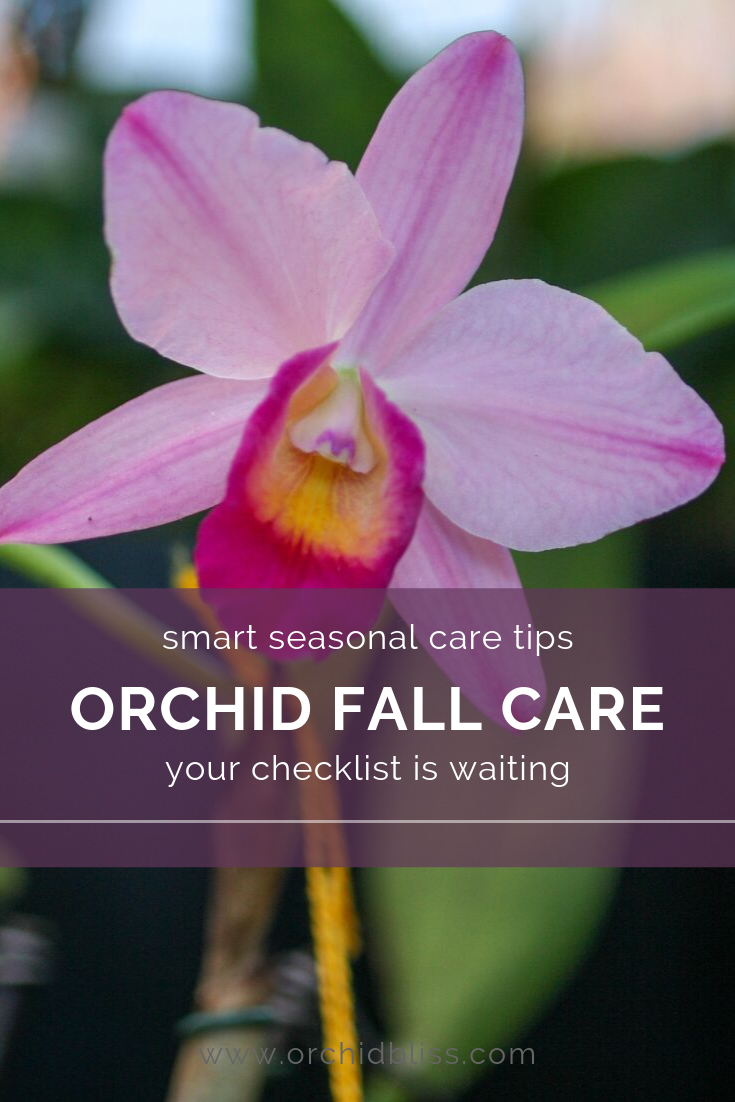
Some of the links on this page may be affiliate links. Click here to learn more.
Prepare Your Indoor Orchid-Growing Space
Prepare your indoor space by cleaning your orchid growing area by washing the windows to fully take advantage of natural sunlight. As a precaution against disease, disinfect the growing area. Autumn is a good time to change your lights if you grow under lights. Check timers, alarms, and any other automated systems you have in place.
TIP: If you grow your orchids under lights, every month until the spring equinox, turn the timer to your light so that your orchids receive one hour less of light.
Bring Orchids Indoors
If you have been caring for your orchids outdoors, now is a good time to bring them indoors before temperatures fall below 55°F /13°C. This will protect your orchids from frost.
Check for Pests and Disease
Take a few minutes to give each orchid a thorough inspection. Look for pest damage to leaves and roots. Check for any signs of infection. Some key indicators are leaf damage, color variation of leaves and flowers, and bad odors. If you suspect signs of pests or disease, click here to learn more.
Do Not Re-Pot in the Fall
Spring, not fall, is the best time to pot orchids for many orchids. New roots emerge in the spring, making it the ideal time to pot orchids. However, in the fall, orchids are preparing for a winter rest. Some orchids even go completely dormant. Unless it is an emergency, wait until spring to pot your orchid.
To prevent emergency potting, take good care of your orchids’ roots. Here’s a free cheat sheet on how to prevent limp leaves and rotten roots. Click here for the super helpful cheat sheet.
Be Mindful of Winter Care Adjustments
Though it is not yet winter, be aware that some orchids go dormant during the winter months. These orchids will not require fertilizer and very little to no water. Other orchids that are not actively growing – they are not putting out new roots, leaves, or flowers – will experience about a 20-30% decrease in their water and fertilizer needs. Also, some orchids need cool temperatures during the winter, such as Dendrobium nobile.
Checklist – Fall Care for Orchids
- Clean up your indoor orchid-growing space.
- Bring your orchids indoors when temperatures approach 55°F /13°C.
- Check for pests and diseases.
- Barring emergencies, wait to pot your orchids until spring.
- Be aware of upcoming winter care changes for your orchids.
Click here to get your orchid fall care checklist.

